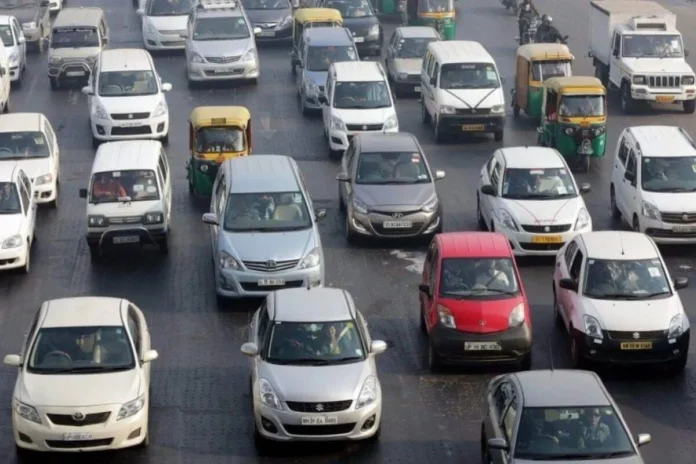Vehicle Sales In India have achieved remarkable growth in 2024, marking a significant 9% increase year-on-year. This surge in sales pushed the total retail numbers to over 26 million units, surpassing the pre-COVID peak of 25.4 million units recorded in 2018. With this milestone, India’s automotive industry has once again proven its resilience and potential for sustained growth, setting the stage for an exciting future.
2024: A Landmark Year For The Indian Automotive Market
The growth in vehicle sales in 2024 can be attributed to a combination of factors, including strong consumer demand, improved economic stability, and innovative product launches by leading automakers. The year witnessed robust sales across multiple segments, including passenger vehicles, commercial vehicles, and two-wheelers. Industry experts noted that the resurgence in vehicle sales indicates a renewed consumer confidence and a shift towards mobility post-pandemic.
Key Drivers Of Growth In Vehicle Sales
- Economic Recovery And Consumer Confidence
The steady recovery of the Indian economy in 2024 played a pivotal role in boosting vehicle sales. Rising incomes, better job opportunities, and government incentives for certain vehicle categories fueled consumer spending in the automotive sector. - Launch Of Affordable And Feature-Packed Models
Automakers introduced several budget-friendly and technologically advanced models, catering to a wide range of consumers. Electric vehicles (EVs) also gained significant traction, thanks to subsidies and growing awareness about sustainability. - Improved Infrastructure And Rural Market Penetration
Enhanced road connectivity and increased accessibility in rural areas have expanded the market for both passenger and commercial vehicles. The rural market, in particular, witnessed strong growth as automakers tailored their offerings to meet the needs of this demographic.
Electric Vehicles: A Key Segment In 2024
The EV segment continued its upward trajectory, contributing significantly to overall vehicle sales. With the government’s push for greener technologies and increasing charging infrastructure, more consumers are transitioning to electric vehicles. This trend is expected to grow further in 2025 as automakers plan to roll out new EV models across various price points.
The Historical Context Of Vehicle Sales In India
India’s automotive journey has been marked by several milestones. The pre-COVID peak of 25.4 million units in 2018 was a testament to the industry’s strength. However, the pandemic brought unprecedented challenges, causing a significant dip in sales. The recovery witnessed in 2024 signals a return to pre-pandemic levels and highlights the industry’s ability to adapt and innovate.
The steady rise in vehicle sales since the pandemic reflects how manufacturers have strategically navigated challenges such as supply chain disruptions and changing consumer preferences. Historical trends also indicate that periods of economic stability and government support have always acted as catalysts for growth in the Indian automotive market.
What 2025 Holds For The Automotive Sector?
Experts predict that 2025 will be a transformative year for the automotive industry. The government’s focus on infrastructure development, such as highways and urban transportation networks, will likely boost sales in the commercial vehicle segment. Additionally, increased investments in EV charging stations and cleaner fuel technologies are expected to accelerate the adoption of electric and hybrid vehicles.
Manufacturers are also eyeing export opportunities, leveraging India’s position as a global manufacturing hub. With favorable policies and strong domestic demand, the industry is poised to achieve new heights in the coming years.
The Importance Of Sustainable Practices
As vehicle sales grow, sustainability remains a pressing concern. Automakers are focusing on reducing emissions and enhancing fuel efficiency across their fleets. The rise of EVs and hybrid vehicles is a step in the right direction, but industry stakeholders must continue to innovate to balance growth with environmental responsibility.




